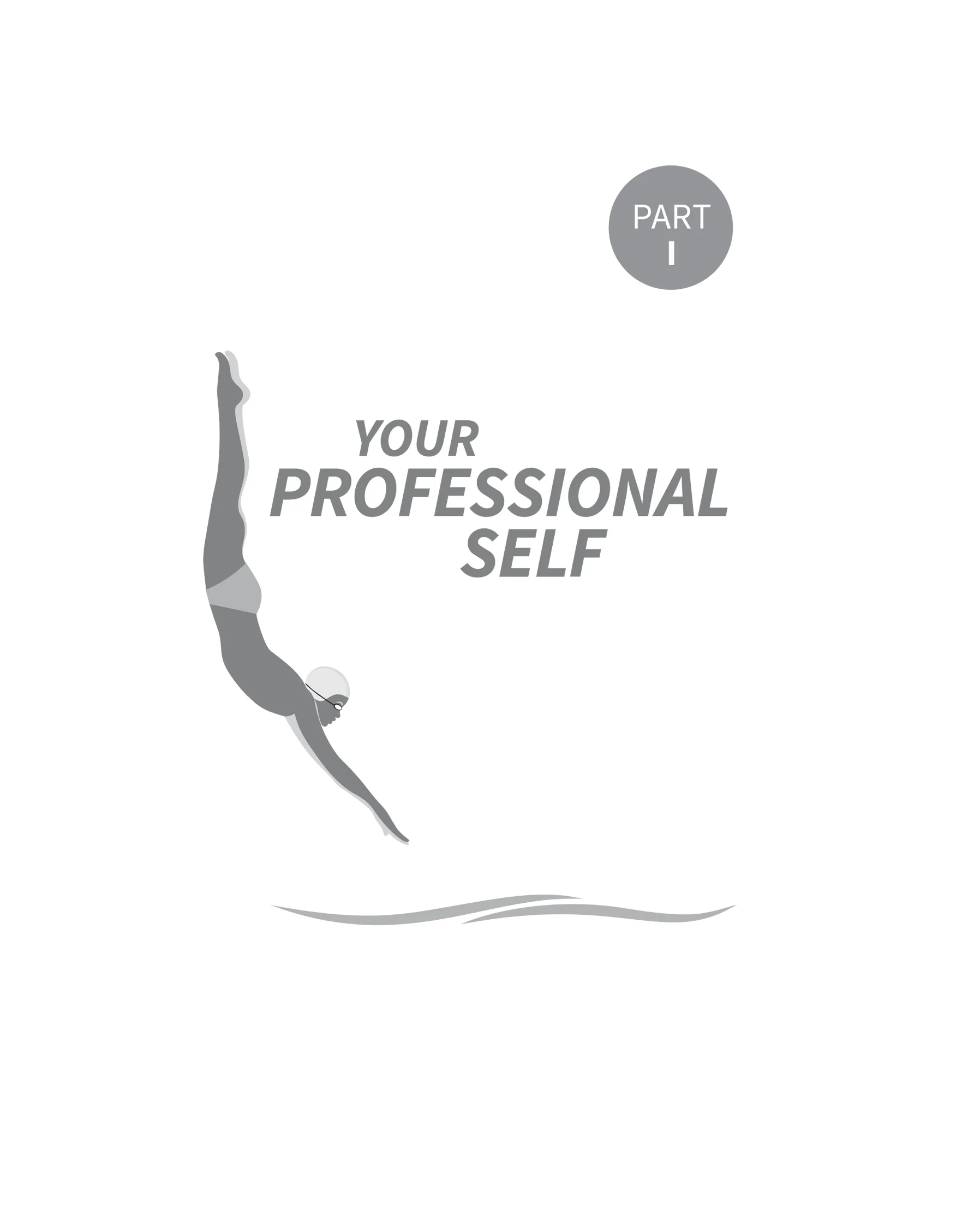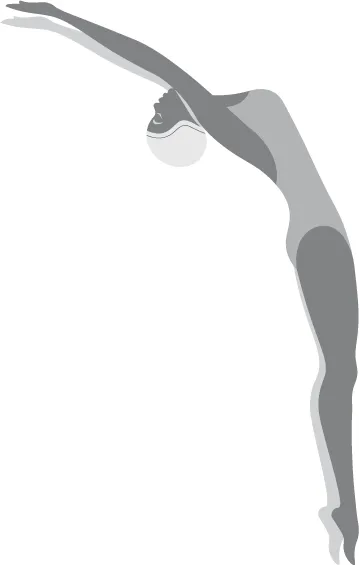CHAPTER 1
Taking Ownership of (Professional) Learning
How do you go about changing your practice to bring in new methods and mindsets? For many of us, this has traditionally been through some type of professional development (PD): an event, led by an expert in the topic. This type of PD is outside our locus of control. We attend, take part, but we don’t own it. If we want students to experience a different type of learning—one that is student-driven, inquiry-based, and technology infused—then we as educators need to experience something similar in our own professional learning (Figure 1.1). Like students, we need to take charge of our own learning, be willing to experiment, ask questions, and use technology to help us solve problems. In short, we need to start seeing ourselves as learners who are on a similar journey of personal growth and agency as our students. How to do this and where to find support to accelerate your learning is what this chapter is all about.
Permission to Take Charge of Change
We recognize that change in education is slow. Much of the original industrial model that defines our classrooms remains intact. The focus on standardization and uniformity—for students and educators—is the antithesis of the often-messy process associated with change, and it essentially blocks the adoption of personalized learning approaches, such as UDL. You may face resistance from other educators or your administration when you try to make changes to your practice or to take full ownership of your professional learning. It is tempting to stay with the status quo, especially when you may feel alone in your desire for change. To support you, consider the ISTE Standards and the UDL Guidelines as valuable tools in your quest to learn and change. You can use them to envision the future and guide your professional growth as you set goals for yourself and your students.
Spring Forward, Not Snap Back
Not only is change in education slow, but it often follows a “rubber band” effect. As schools reopened there was a strong desire to “snap back” toward the status quo, to feel “normal” again. This need for “normal” disregards the fact that pre-pandemic many aspects of school didn’t work for many learners. As teachers discovered, online learning, without a shift in pedagogy, often exacerbated conditions for failure for learners (and burnout for teachers). Learning was disrupted for many, particularly those with limited access to devices and connectivity, but also those with family disruptions, isolation issues, and difficulty adjusting to a virtual environment. The pull to the comfort of “normal” after so much uncertainty is alluring. The goal, as we see it, is to resist a return to the past and use the lessons learned during the pandemic (along with UDL principles) to do better for all learners.
The Educators section (ISTE, 2017) of the ISTE Standards signals and supports the big changes that lie ahead. In fact, you can consider the Standards for Educators permission to change—not only what happens in your classroom or school, but also how you approach and direct your own professional learning.
The UDL Guidelines (CAST, 2017) signal and support the big ideas that underlie the changes ahead. Consider them a framework for change. At their core, the Guidelines focus on the creation of equitable and inclusive learning environments. With this base, the Guidelines then provide options to support the gradual release of responsibility of learning to students, helping them become expert learners, vital if they are to take on the new roles outlined in the Students section (ISTE, 2016) of the ISTE Standards.
The ISTE Standards
While recognizing that technology tools and skills are important, the ISTE Standards, particularly the Students and Educators sections, focus on complex, interconnected roles, signaling a profound change in traditional student-teacher relationships, learning, and the learning environment. The Standards for Educators are composed of seven distinct roles, which are divided into two categories: Empowered Professional, containing the Learner (2.1), Leader (2.2), and Citizen (2.3) roles; and Learning Catalyst, containing the Collaborator (2.4), Designer (2.5), Facilitator (2.6), and Analyst (2.7) roles (Figure 1.2). Not only do the Educator Standards recognize educators as professionals with an important role to play, they also embed principles of UDL within each role. For instance, they explicitly mention learner variability as a key consideration for the design of innovative learning environments. Specifically, Standard 2.5, Designer, encourages educators to be learning catalysts who can “design authentic, learner-driven activities and environments that recognize and accommodate learner variability,” the same concept that is at the core of UDL.
Preparing Learners for the Future of Work
For many of us, the world of work changed in 2020. Work from home, an accommodation that people with disabilities have asked for and often been denied in the past, became a necessity for many. There is some evidence that many of the changes made in response to COVID-19 will stay with us into the future. Many businesses realize the benefit of not having everyone at the office full time, and it appears flexible work arrangements will be more of the norm than the exception. In these kinds of work arrangements, employees will be expected to be even more self-directed. Developing opportunities for learners to take ownership of their learning will better prepare them to take on a world of work that is more flexible, but also less predictable and structured than it has been in the past.
The recognition of learner variability in the ISTE Standards for Educators provides an opportunity for some of the underlying values and concepts of UDL to reach the general educators who most need to know about them in order to support increasingly diverse student populations. By embedding and referencing UDL principles and strategies throughout, the Educator Standards recognize the value of creating more equitable learning opportunities for all learners. For UDL, the Educator section of the ISTE Standards offers support for bringing technology innovations back into UDL. Embracing the best that new technologies have to offer is one way to make UDL even more relevant for the future as where and how students learn continues to evolve.
Three important points about the ISTE Standards correspond with the design and intent of this book and deserve a closer look.
The first is the choice to lead off both the Student and Educator sections of the Standards with the role of Learner, emphasizing student agency and educator professionalism. Learner expertise, the goal of UDL, is clearly evident within this and the remaining standards. As Empowered Learners (1.1), students are encouraged to set goals, seek feedback, understand their learning needs, customize their learning environment, and build global networks to support their learning. This connects with the UDL goal of helping learners develop into “individuals who are expert at learning—individuals who know how to learn, who have already learned a great deal, and who are eager to learn more” (Meyer, Rose, & Gordon, 2014, p. 84). As Learners (1.2), educators are also encouraged to set professional learning goals, explore pedagogical ideas deeply and apply them to the classroom, reflect on their practice, and actively participate and learn with other educators globally.
Leading with the role of the Learner, the Educators section of the ISTE Standards emphasizes ownership of learning and highlights the need for fundamental changes to how we currently teach students and support teachers. This significantly changes the purpose (and perhaps identity) of many educators as we move away from the role of teacher to that of co-learner with our students.
The second point of interest for us is the division of the Educator...






